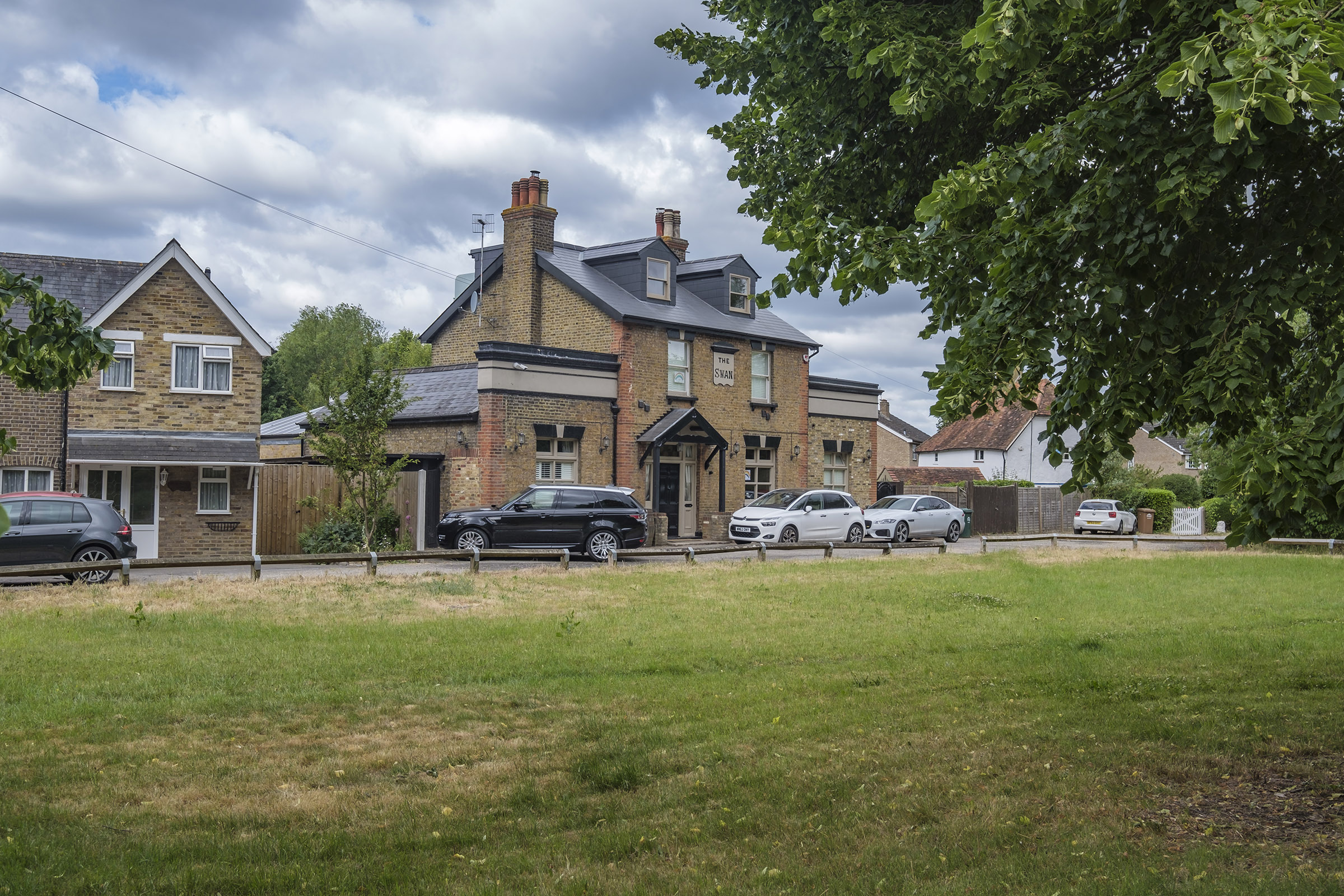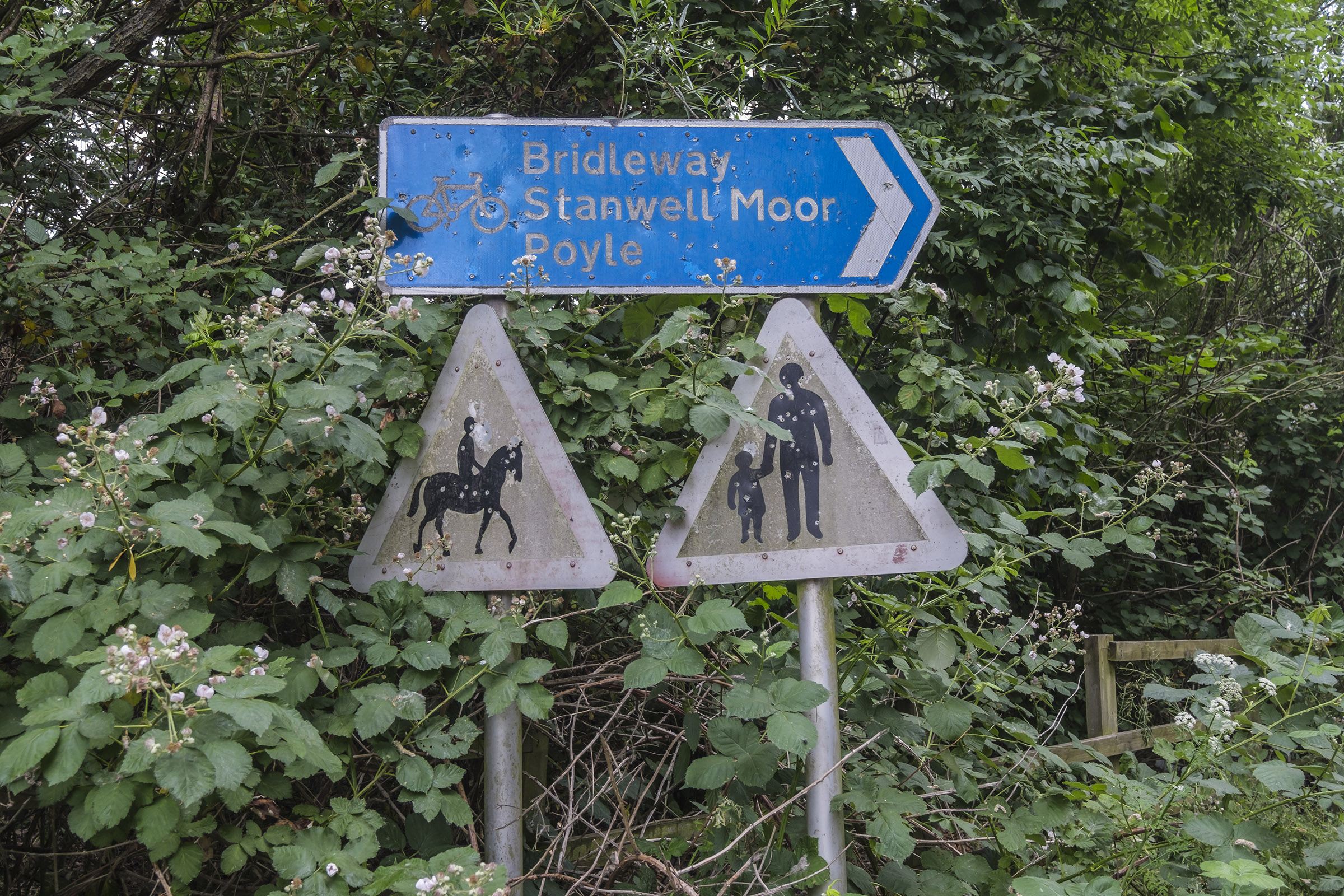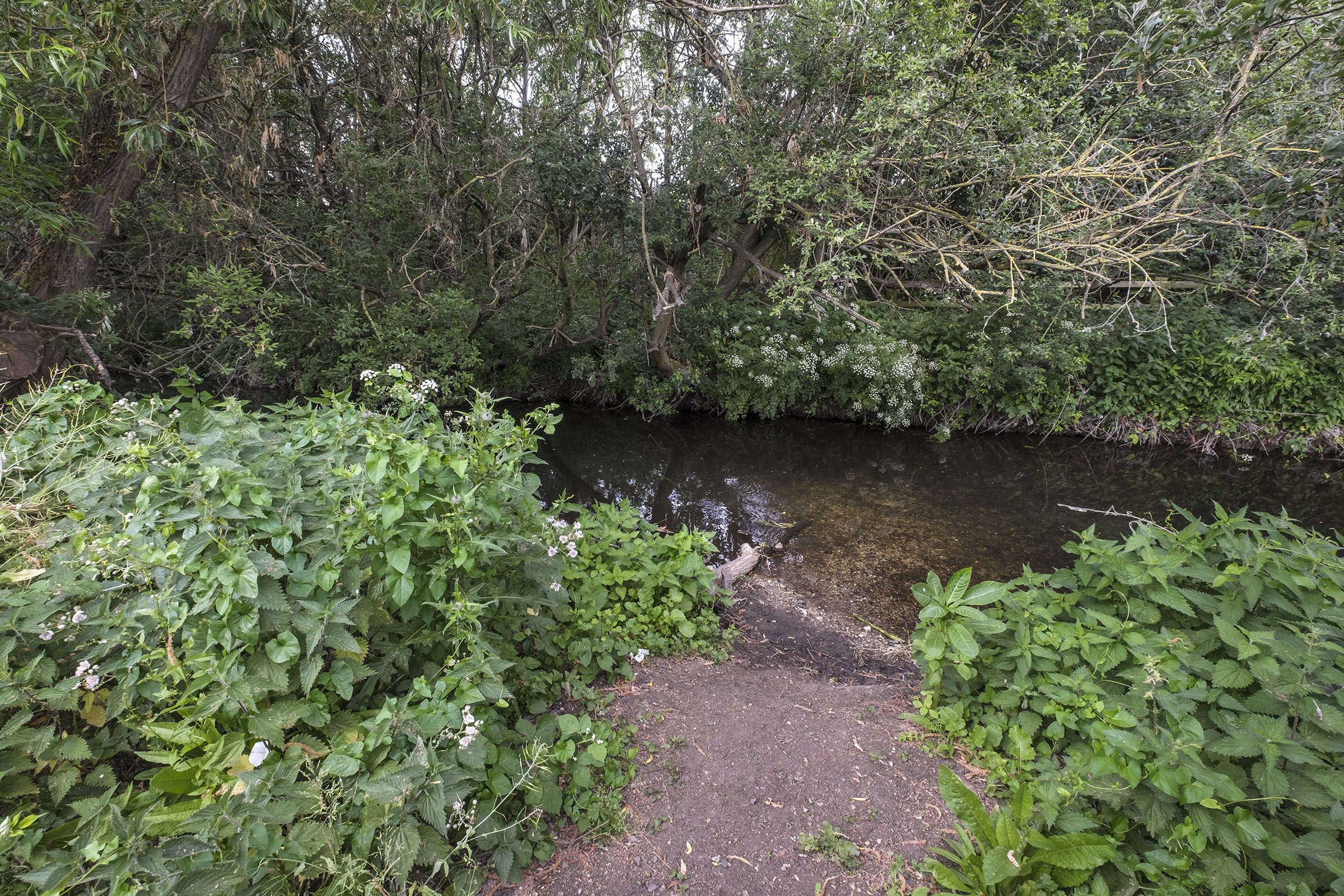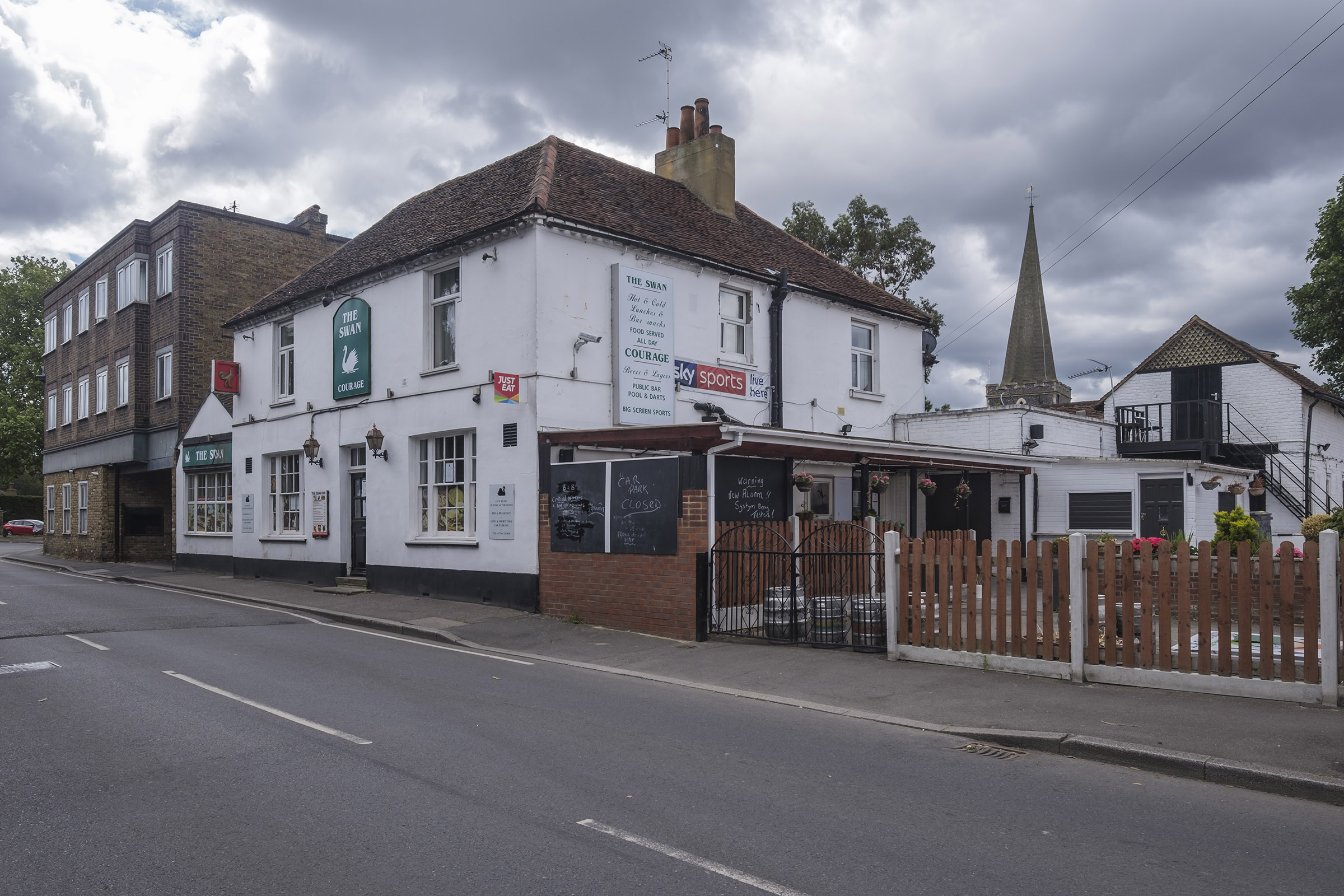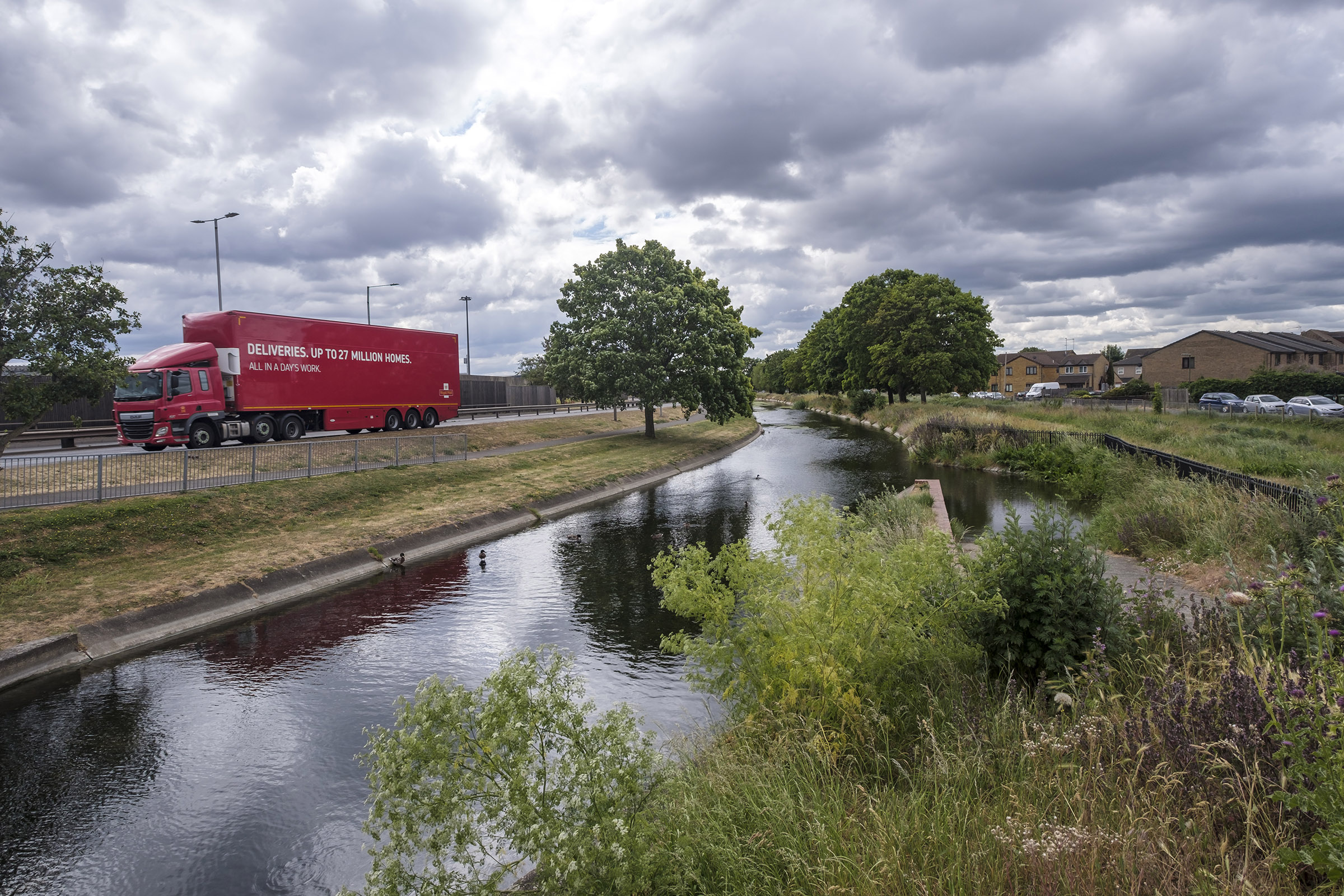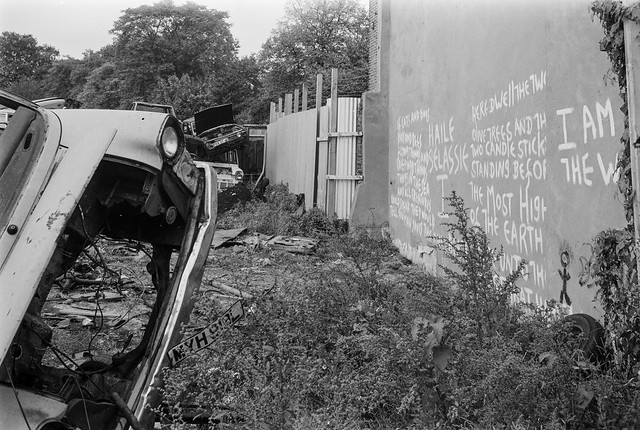When architects and planners looked at how the city should be rebuilt after the considerable bomb damage in the war, they dreamt of a city where people and traffic would be separated, with pedestrians circulating at an upper level on what were called ‘highwalks’, and these were incorporated into the parts of the city which were being rebuilt.
The largest of these areas was of course the Barbican, which was linked to the more central areas of the city by highwalks along and across London Wall, but there were also smaller sections of highwalks around Upper Thames St and around the Nat West Tower, Bishopsgate and Wormwood St.
The planners were young, fit and idealistic and perhaps failed to appreciate the ways people actually moved around the city using buses, tube and taxis and their reluctance to climb stairs unnecessarily to get to buildings most of which still had their entrances at street level. There were escalators, but too few and these were expensive and needed maintenance. The planners perhaps also failed to see how much many older buildings from the Victorian and Edwardian eras would as the years progressed be seen as making a positive contribution to our cityscape – and often but not always be protected from demolition (or at least their facades protected) by listing.
Most of the city continues to exist at street level, and much of the highwalks outside of the Barbican that was built has now been altered or demolished – with the IRA beginning the process in some areas. They also were responsible for the first real controls on road traffic through the city, with the police ‘ring of steel’ introduced in the early 1990s as a response to bombings at the Baltic Exchange and Bishopsgate.
More recently there have been some minor road and junction closures and the ‘Bank on Safety’ scheme has limited traffic at Bank junction to buses and cyclists between 7am and 7pm Monday to Friday; further controls seem inevitable with some city streets being pedestrianised and others being made ‘no through roads’.
Long overdue is an overhaul of the private hire systems and in particular of ‘black cabs’ which are responsible for much of the congestion in the city. They will be changing to electric vehicles, but we need to see a move to a smartphone app based system with an end to the current discrimination against mini-cabs over the congestion charge and an end to wasteful ‘cruising for hire’.
You can see more pictures from the City of London taken in 1986-92, including some more from the highwalks, in page 3 of my album TQ32 London Cross-Section. These are scans made from cheap trade processed en-prints at the time I took the pictures which were sometimes rather poor quality.











